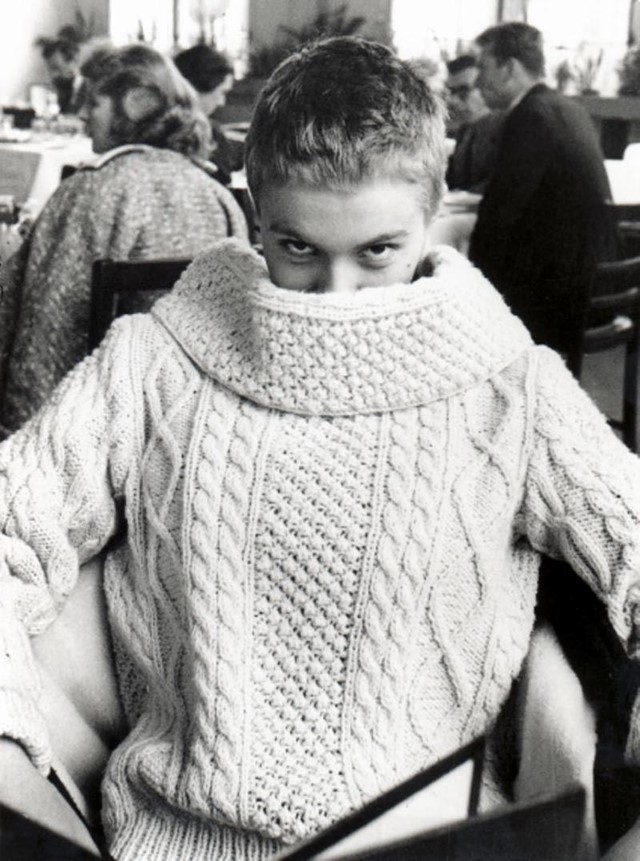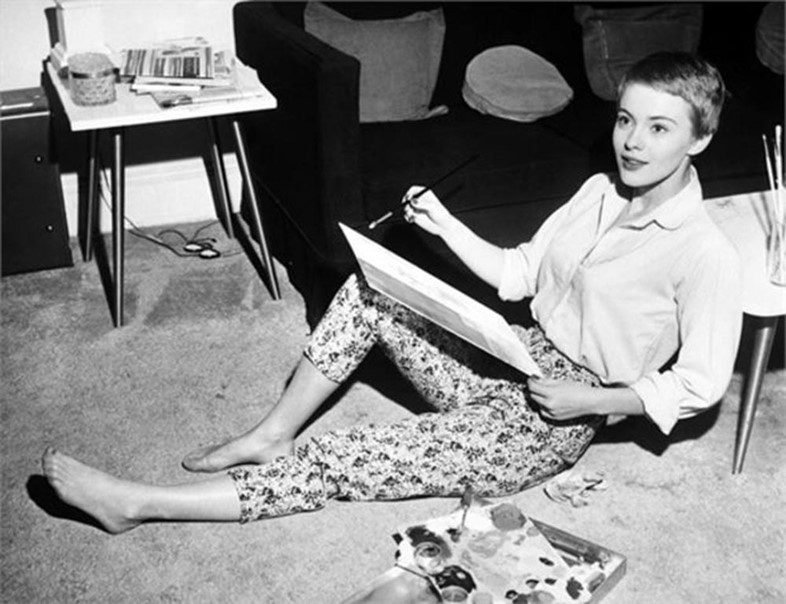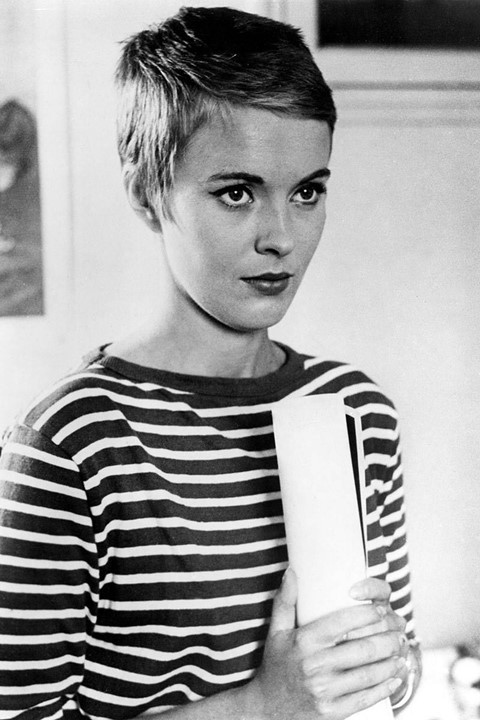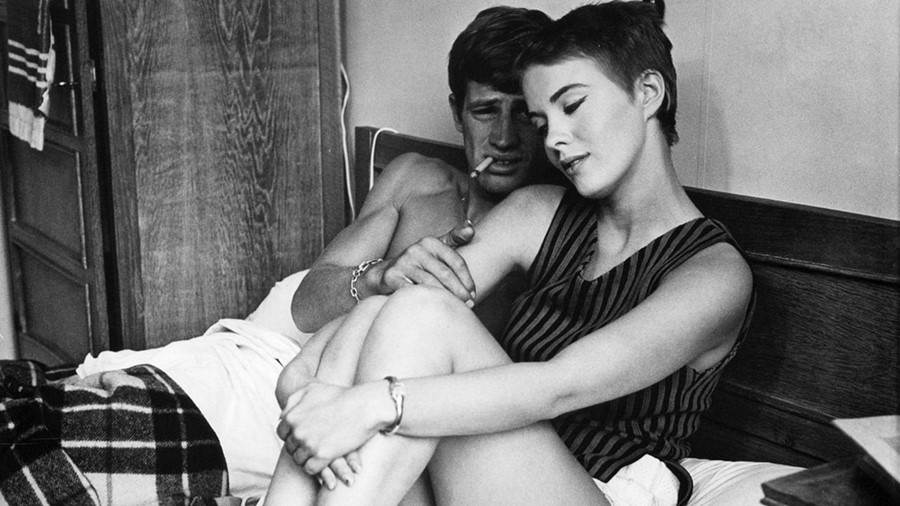On what would have been her 77th birthday, we celebrate the civil rights activist and hero of French New Wave cinema in all of her many charming guises
Jean Seberg's influence extends far beyond the cropped haircut and androgynous style which many equate her with; not only did she undertake some of the most important roles in 20th century cinema, one of which made her the face of French New Wave cinema, but she was also an irrepressible civil rights campaigner. What better candidate for an AnOther Woman?

Defining Features
Though Seberg’s inaugural film, Saint Joan – a biopic about the life of Joan of Arc – did little to form her reputation as an actress, it was responsible for the pixie cut with which her name would become synonymous, and which continues to reappear every few years or so even now, 50 years on. Add to that a striped Bréton top, a jaunty straw boater, and a feline-shaped slick of black eyeliner, and you have her signature garçonne style – the sweet yet androgynous mixture of classic tailored shapes which would come to define the image of French New Wave.

Seminal Moments
Seberg’s career got off to a rocky start. Her first two films, the aforementioned Saint Joan and Bonjour Tristesse, a scandalously modern film based on the eponymous novella by Françoise Sagan, were trashed by film critics, and the bad reception left the young actress sapped of confidence and isolated in the south of France, newly divorced from her husband, and unable to speak a word of the language. She remained determined to succeed nonetheless, and dedicated herself to studying mime and dance, in order to better endear herself to the camera.
In the midst of all the negative press, however was one positive piece: a shining review from a radical young filmmaker named François Truffaut, who would soon write a treatment for a film named Breathless. Before long, the idea was picked up by another avant-garde director Jean-Luc Godard, whose belief in experimentation rather than tradition quickly alienated him from from his mainstream contemporaries. He cast Seberg as the female protagonist in the film, opposite Jean-Paul Belmondo, and littered it with bold, unconventional jump cuts and a strong visual style. It was an unprecedented hit, marking the beginning of French New Wave cinema; even now, 50 years after its original release, Breathless is still considered a seminal work of modern cinema, dripping with nonchalance and a revolutionary sense of innovation.

Seberg’s influence was not limited to her film career; during the late 1960s she revealed herself to be politically motivated as well as creatively so. Shortly after the assassination of Martin Luther King Jr, the actress made several large gifts to the Black Panther Party, and in so doing became one of a group of household names, among them John Lennon and Jane Fonda, to publicly express their support for the American Civil Rights Movement.
Unfortunately, the move did not sit well with the FBI, then under the leadership of the infamous Edgar J. Hoover. Seberg joined a long line of victims to fall prey to the government’s neutralisation programme, in which the FBI made moves to harass, intimidate and defame her through strategic and ill-advised leaks to the media in order to reduce her public influence. So stressful was the aggressive surveillance of her house that the then-pregnant Seberg went into premature labour, and later lost her baby daughter. The sad event was followed by a number of spells of depression, and she died at the early age of 40 due to a barbiturate overdose, which many believe was precipitated by the political upheaval which sought to uproot her.

She’s AnOther Woman Because…
Sincere and self-aware, Seberg was victimised by Hollywood’s unrelenting nitpicking from the beginning of her career until the end, and yet, her resilience allowed her to bounce back again and again. “I’m unapologetic not because I’m strong-willed or overconfident,” she once said. “I’m unapologetic because this is it; this is my life. There is nothing I can do, no one I can please. I am a person with a strong sense of being, that’s all.” Coupled with her childlike grace, her unparalleled style and her unwavering belief in the civil rights movement, it was this which propelled the young actress to the very forefront of cultural consciousness. Her life may have ended before her time, but her influence lives on.
